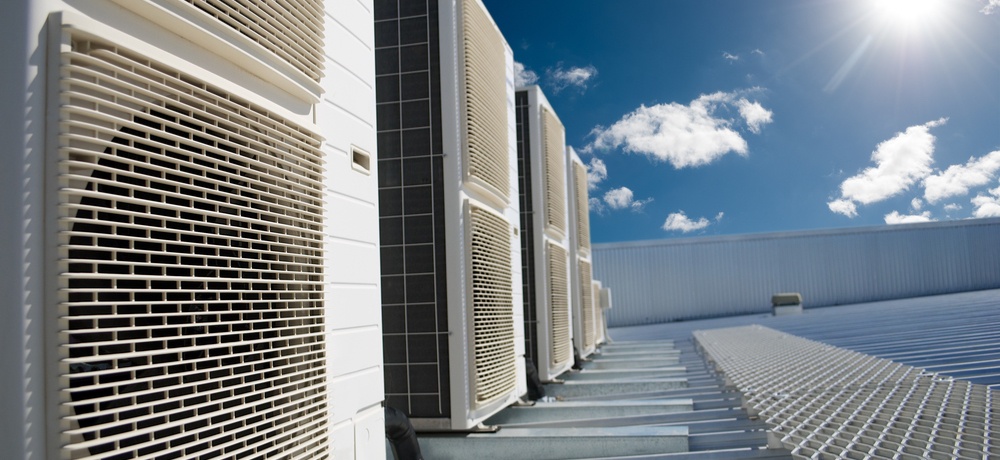The F-Gas regulation aims to gradually reduce and entirely ban the use of any Hydrofluorocarbons (HFCs) with higher than 150 Global Warming Potential (GWP) until 2030, referred to as the “phase down”. This is already having an enormous impact on the thermodynamic industry and end users utilising refrigerant gases for their HVAC needs.
Last year alone saw a 60% price increase of gases, such as R404A and R507A. Contractors and end users also faced price hikes of up to 30% on the air conditioning refrigerant R410A. To make things worse, some gas resellers introduced an additional surcharge per kg for all refrigerants, known as an Energy and Environment Surcharge (EES). For example, a kg of R410A would come with a £17.90 surcharge fee attached to the final price, R404A with £28.00, R507A with £49.70 and so on (BOC). The surcharge would vary depending on product and supplier.
This year things are only getting worse, with the introduction of over 40% reduction of EU refrigerant import quota, which also includes pre-charged equipment, and a further 12% price increase of high GWP refrigerants.
Now, imagine you were running a large R410A air conditioning system and for some reason that system leaked. Under the F-Gas regulations the leak must be fixed and the gas re-charged. If the leak is left unmanaged or you decide to top up your system, you would be breaking the law and would be liable to prosecution for illegally emitting refrigerant gases into the atmosphere. This means, you would be looking at spending anything up to £20,000, if not more, to refill your system only, if the gas was available to you in the first place. What about any other associated costs, such as those for repair and F-Gas Certified Engineers' time on your site?
Refrigerant users must quickly adapt the way they use fluorinated gases, or else they could be facing severe fines for non-compliance, magnified costs driven by manufacturers' consistent price increases and most importantly, decreasing availability of refrigerant gases.
In this blog, we examine some of the implications the refrigerant phase down could have for your business and what the challenges are for the industry. We also touch on a number of solutions you need to consider.
The phase down
The process of revising the F-Gas regulations started in 2014 and came into force on 1 January 2015. There is now a requirement to decrease the amount of F-Gases in the European market by up to two thirds of the 2010 emissions by 2030. This will be achieved by a gradual phase down on the use of F-gases, as illustrated in the table below.
The proposed reduction each year up to 2030 will be a percentage of average annual total quantity of F-Gases placed on the market during reference period. What this means is the amount in 2016-17 will be reduced with 91% of the 2015 amount and then going down in steps each year.
|
2015 |
2016-2018 |
2018-20 |
2021-23 |
2024-26 |
2027-29 |
2030 |
|
100% |
91% |
57% |
26% |
8% |
2% |
0.4% |
As the phase down of HFC gases takes place over the next ten or so years, we’ll likely see a rapid increase in costs and consistent market decline in their availability.
Refrigerant manufacturers have been allocated quotas for the HFC gases they can produce and supply within Europe. These quotas are measured in terms of carbon equivalent rather than kg, with the target to cut the current levels down to 63% in 2018, 45% by 2021 and 21% by 2030.
As well as the phase down timeframe, companies will be under more pressure to reduce or remove refrigerant gases with higher than 150 GWP from their systems as product and service bans will come into effect over the next several years. These include a complete ban from 2020 on the use of virgin R404A and R507A gases for stationary refrigeration systems with a charge greater than 10kg. The regulations impose greater requirements for leak testing, labelling, record keeping and so on.
Following EU legislation, it is a legal requirement for engineers handling, recovering, supplying, installing, manufacturing, maintaining, servicing or having ownership of refrigeration, air conditioning and heat pump equipment containing HFC refrigerants to be F-Gas certified.
The F-Gas Regulation states that: “bulk supplies of F-Gases shall only be sold to and purchased by undertakings that hold the relevant certificates or attestations”. Companies selling F-Gases will need to screen their customers to ensure compliance with this requirement. In most cases the required proof is a Company Certificate.
The severity of the new F-Gas regulations and the rapid decrease of gas quota has put the industry in a quandary and is causing serious concerns about the possibility of a full blown refrigerant crisis due to the lack of knowledge on what to do next and availability of a long-term solution on the market to replace high GWP gases.
Our advice
High GWP refrigerants will become harder to source over the next five years, and incredibly expensive as they will be in very high demand.
Therefore, it’s important to understand that any HFC refrigerant with higher than 150 GWP, such as R32, is not a viable long term solution, not just because it's only a matter of time that the gas would begin the same process of phase out as R410A and R404A, but also because its flammability makes it unsafe to use as a replacement for R410A unless you spend money to retrofit your system. By this point you might be thinking, but why would I want to spend money retrofitting my system, when I might need to do this all over again, or worse, replace it altogether, only a few years down the line when R32 is obsolete as well?
Our advice is simple: look to reduce or remove refrigerants where possible. The rapid advancement of technology and the introduction of new, far more energy efficient and environmentally friendly solutions, make the replacement of high GWP gases with other high GWP gases redundant.
One example of an ideal solution is Air2O, a next generation of ultra-efficient, packaged air conditioning and heat recovery systems. At its heart Air2O uses a 3 stage evaporative cooling technology - indirect, direct and hybrid - which can automatically respond to external weather conditions, switching from evaporative cooling to low GWP air conditioning only when needed. The system is able to deliver consistent performance, high efficiency and significant energy savings of over 80%. Find out more about Air2O here.
This, of course, is not your only option. If evaporative cooling is not right for you, there are plenty of other HVAC products and solutions that can be utilised to help you for what’s coming next. All you need is an experienced supplier that has the necessary knowledge and qualifications to provide you with an intelligent cooling and heating alternative.
For more advice on how to future-proof your business against changing regulations and how to effectively manage the refrigerant phase down plans, check out our free guide: 






Comment on my blog